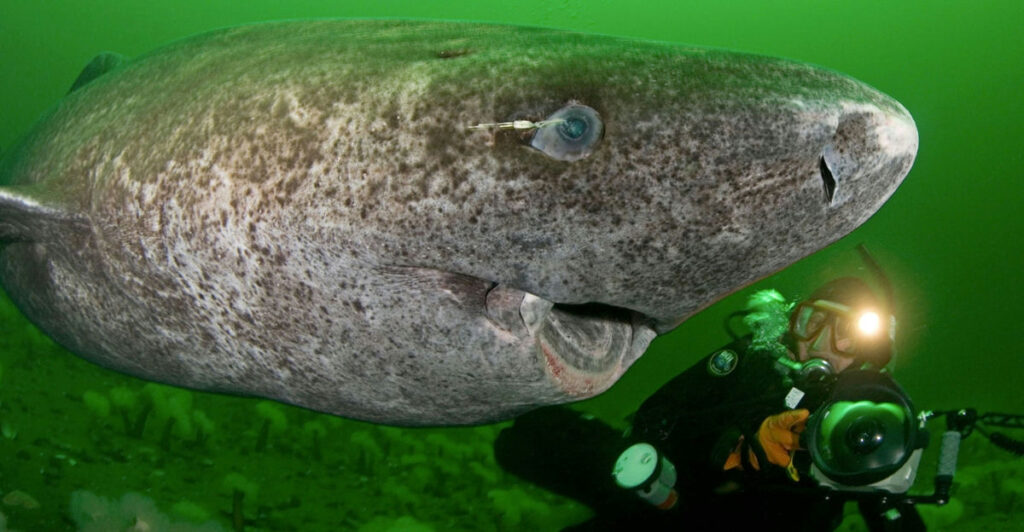
When it comes to the natural world, some animals seem to defy the limits of time, living for centuries or even achieving biological immortality. From massive whales gliding through the icy seas to tiny organisms thriving in freshwater, these creatures have evolved unique abilities to endure where others age and fade. Whether it’s through slow metabolisms, exceptional DNA repair, or incredible regenerative powers, these animals remind us of nature’s extraordinary resilience. Here’s a fascinating look at 13 animals that can live over 200 years, showcasing the wonders of longevity in the animal kingdom.
Red Sea Urchins: 200 Years Old
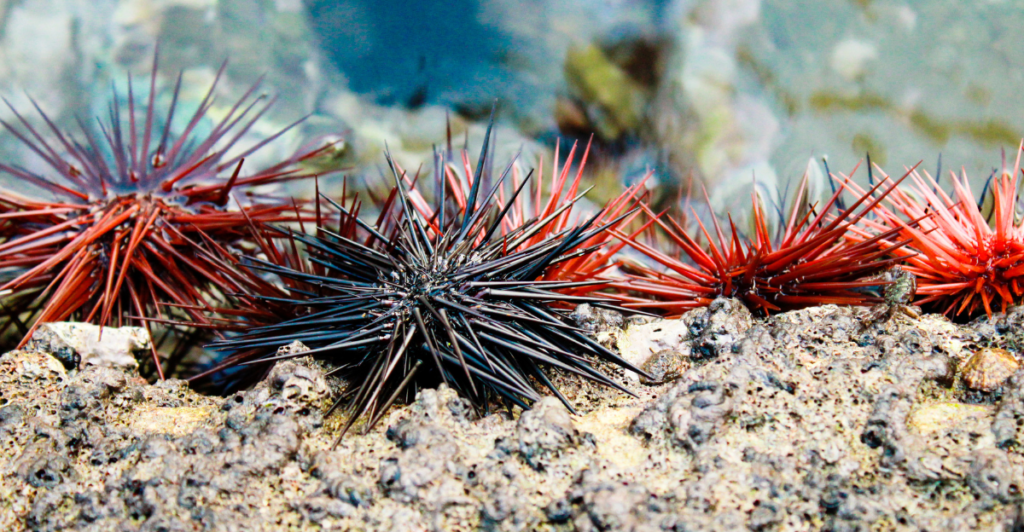
Red sea urchins (Mesocentrotus franciscanus) are spiny invertebrates thriving along the Pacific coast from California to Alaska. Feeding on kelp, they play a key role in marine ecosystems. Early estimates suggested they lived only 10 years, but new studies revealed their life span can stretch to 200 years.
Found in places like British Columbia, red sea urchins’ longevity is linked to their slow metabolism and resistance to disease. The lack of predators in certain areas further aids their survival, though habitat changes pose a threat.
Bowhead Whale: 200+ Years Old
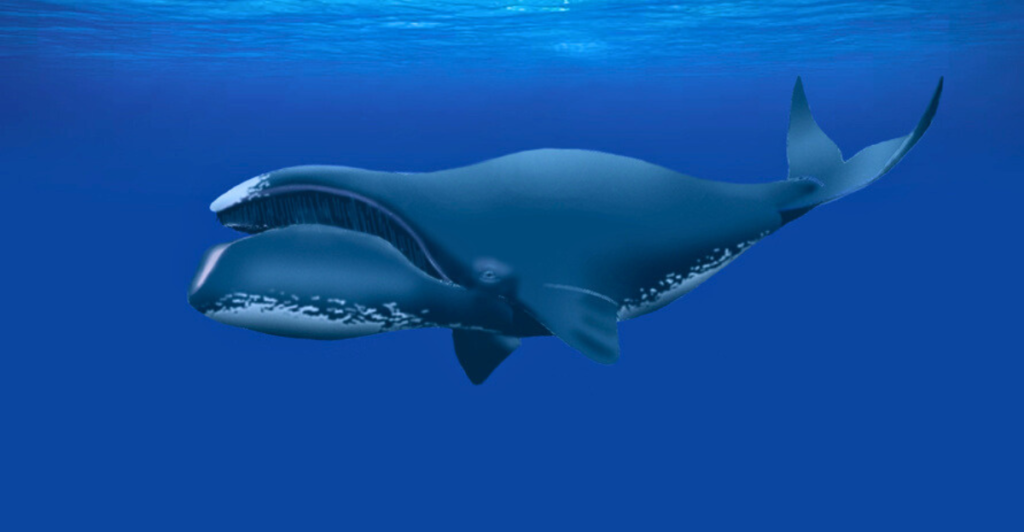
The bowhead whale (Balaena mysticetus) is the longest-living mammal, often surpassing 200 years. Evidence of their age comes from century-old harpoon tips embedded in whales. Their Arctic habitats and slow aging contribute to their longevity.
Unique genetic adaptations, like enhanced DNA repair genes (ERCC1 and PCNA), may reduce cancer risks and slow aging. Scientists study bowhead whales for insights into human aging, offering hope for medical breakthroughs in longevity.
Rougheye Rockfish: 205+ Years Old
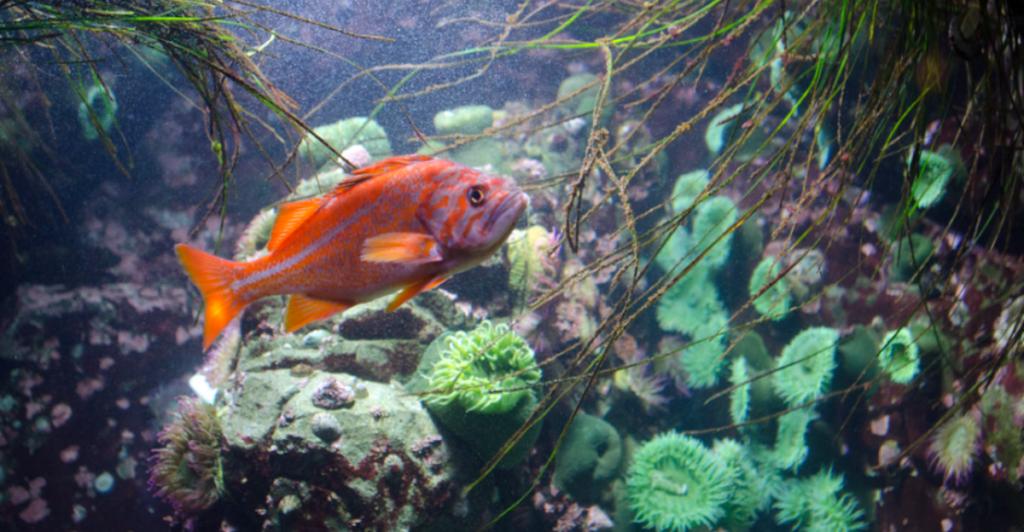
The rougheye rockfish (Sebastes aleutianus) lives in the deep waters of the North Pacific Ocean. Growing up to 38 inches (97 cm) and 14 pounds (6.4 kg), they prefer rocky habitats and reefs. Named for the spines below their eyes, their reddish-brown bodies and spiny fins set them apart.
These rockfish are among the longest-living fish, reaching up to 205 years old. Their slow growth and late maturity help them thrive in deep waters but make them vulnerable to overfishing, making conservation efforts vital.
Koi Fish: 220+ Years Old
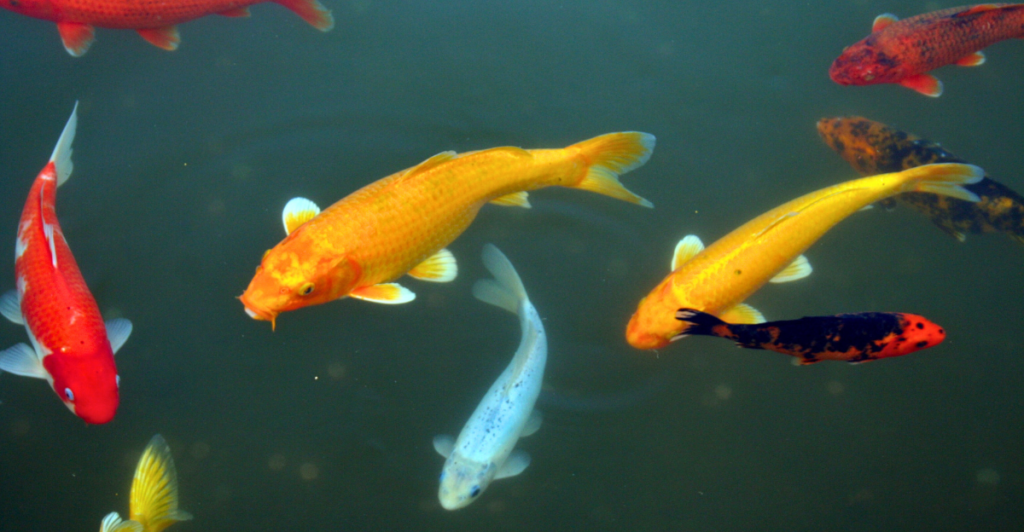
Koi fish, a domesticated variety of carp (Cyprinus carpio), are beloved for their colorful patterns and cultural symbolism of luck and perseverance. Commonly found in ponds, they bring tranquility and beauty.
While most live 25-35 years, exceptional koi can surpass this. Hanako, the most famous koi, lived for 226 years in Japan, thanks to pristine water and attentive care. This remarkable longevity highlights the koi’s potential under ideal conditions.
Freshwater Pearl Mussel: 250+ Years Old
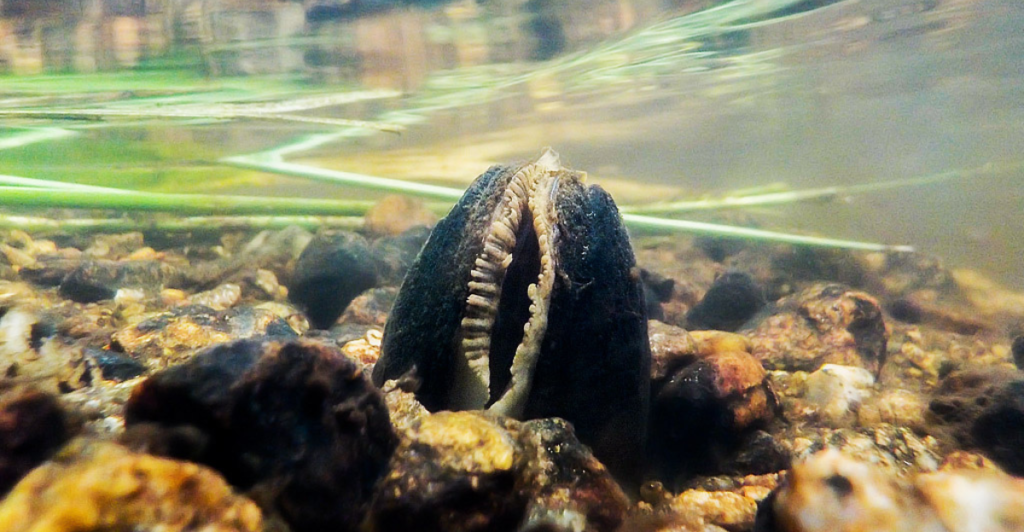
Freshwater pearl mussels (Margaritifera margaritifera) are long-lived bivalves found in rivers across Europe and North America. With individuals reaching 280 years, their secret lies in an extremely slow metabolism that conserves energy.
Unfortunately, freshwater pearl mussels are critically endangered due to habitat loss and pollution. Conservation programs aim to restore their habitats, recognizing their role in maintaining clean, healthy river ecosystems.
Greenland Shark: 400+ Years Old
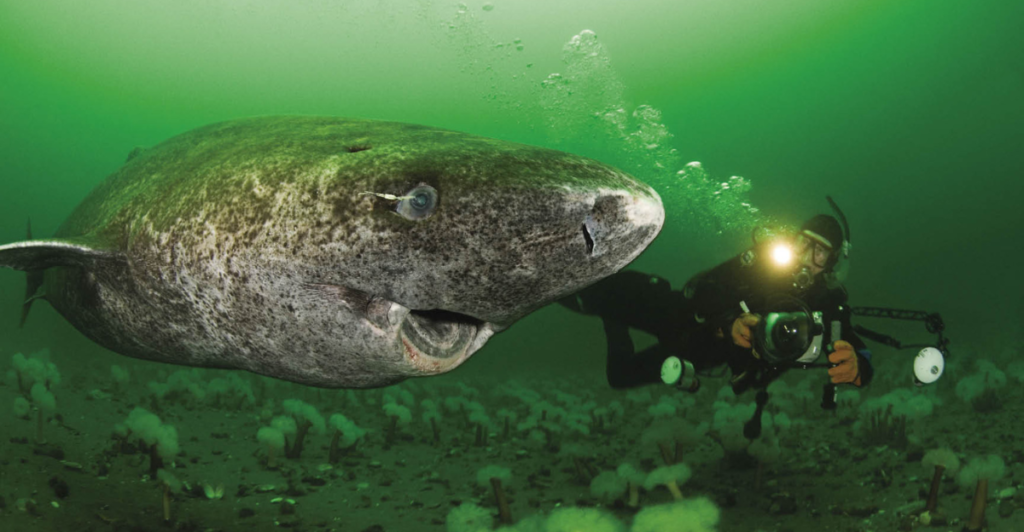
The Greenland shark (Somniosus microcephalus) is one of Earth’s longest-living vertebrates, with some living over 400 years. These Arctic and North Atlantic dwellers grow slowly—about one centimeter per year—and reach maturity at 150 years.
A 2016 Science study used radiocarbon dating to confirm their age. Their slow metabolism and cold-water environment contribute to longevity. However, Greenland sharks face growing threats from overfishing and climate change, prompting calls for protection.
Ocean Quahog Clam: 500+ Years Old
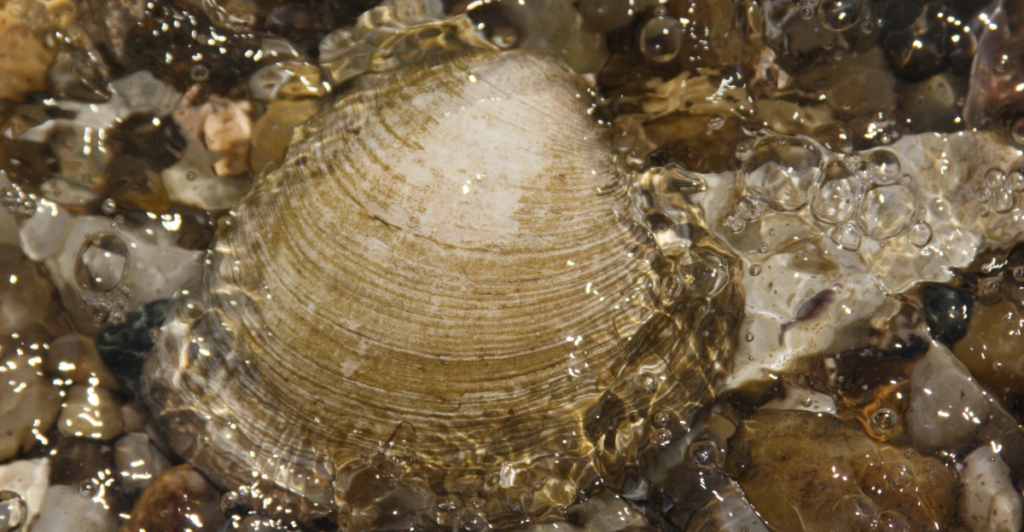
The ocean quahog (Arctica islandica) is a North Atlantic clam that can live for over 500 years. One famous clam, “Ming,” discovered off Iceland in 2006, was confirmed to be 507 years old. Their slow growth and thick shells help them survive for centuries.
Scientists analyze their growth rings to study climate history, while their longevity offers insights into aging. Ocean quahogs thrive in stable environments, but changing ocean conditions pose a risk to this ancient species.
Black Coral: 4,000+ Years Old
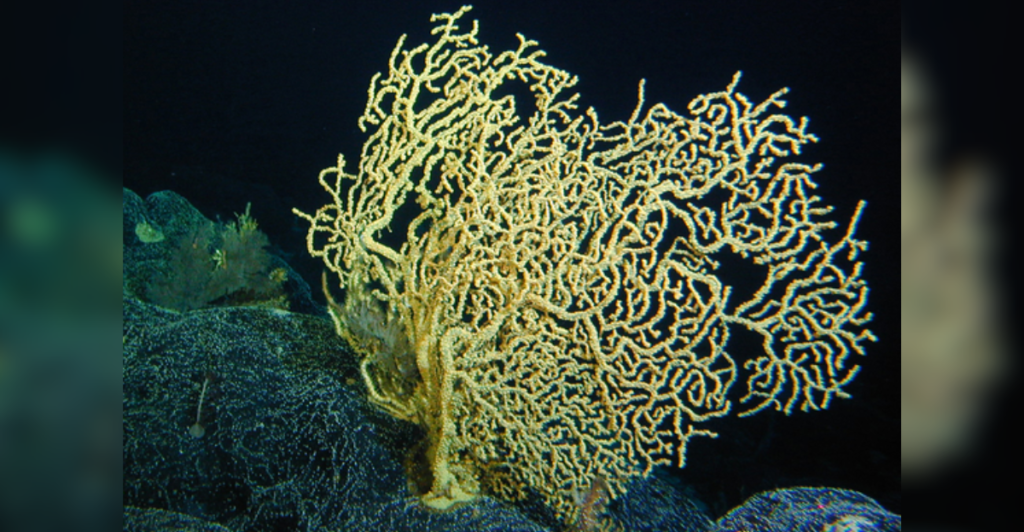
Black corals (Leiopathes) are deep-sea organisms with colonies dating back over 4,000 years. These slow-growing corals build intricate, tree-like structures that provide habitats for marine species. Radiocarbon dating reveals their astonishing age.
Their ability to thrive in stable, deep-sea environments contributes to their longevity. However, black corals face threats from habitat destruction and climate change. Conservation efforts are essential to protect these ancient marine ecosystems.
Pando (The Trembling Giant): 80,000+ Years Old
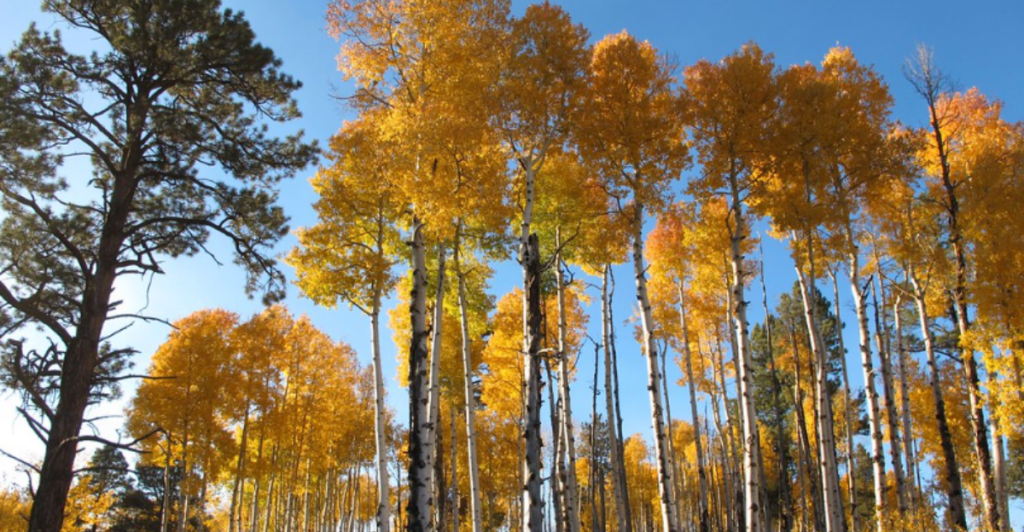
Pando, or “The Trembling Giant,” is a massive colony of quaking aspens (Populus tremuloides) in Utah’s Fishlake National Forest. While individual trees live up to 150 years, the entire organism—connected by a single root system—is estimated to be 80,000 years old.
Pando reproduces asexually, generating genetically identical trees over millennia. Despite its resilience, Pando is under threat from human activity, grazing animals, and climate change. Conservation efforts aim to preserve this ancient wonder for future generations.
Glass Sponges: 10,000+ Years Old
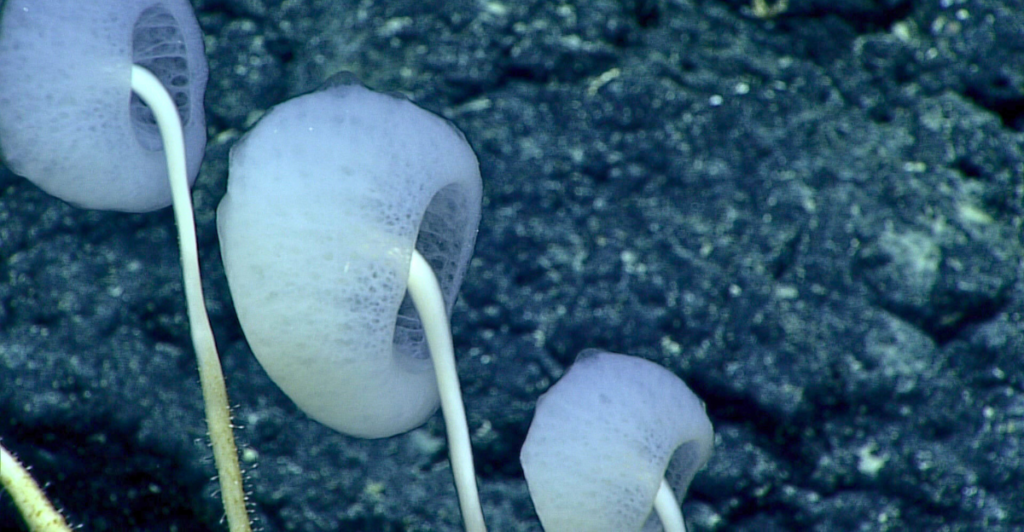
Glass sponges are among the oldest and most resilient animals on Earth. These remarkable creatures form colonies, much like corals, and have the ability to live for thousands of years. Found in the deep, cold, and dark ocean, their silica-based skeletons give them a glass-like appearance and help them endure harsh conditions.
A 2012 study published in Chemical Geology estimated that Monorhaphis chuni, a species of glass sponge, was over 11,000 years old. Some species of glass sponges may live even longer, making them one of the longest-living organisms on the planet. Their ability to survive for millennia in the ocean’s depths, often beyond the reach of light, adds to their intrigue. These sponges represent a fascinating evolutionary success, surviving through the ages without significant changes to their structure or lifestyle.
Turritopsis Dohrnii: Potentially Immortal
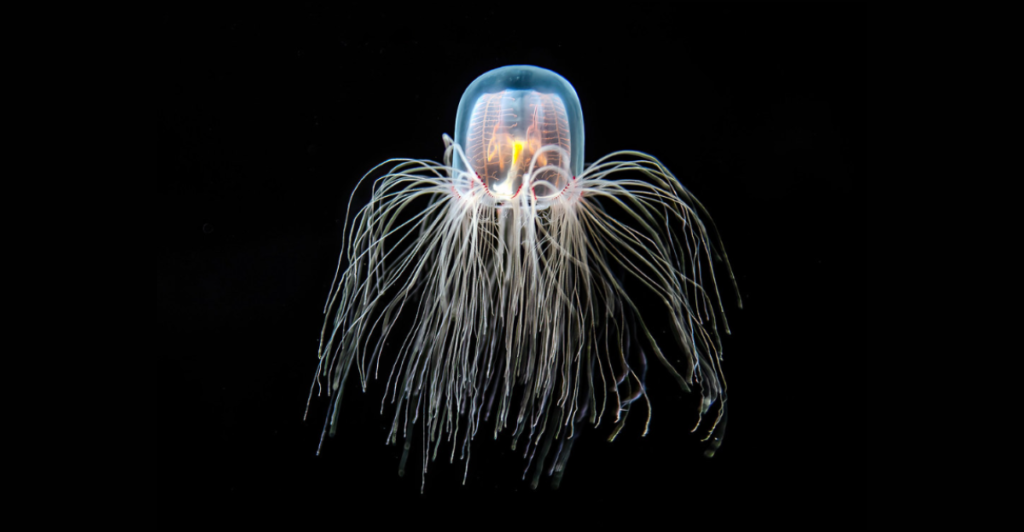
Turritopsis dohrnii, often referred to as the “immortal jellyfish,” has an extraordinary ability to reverse its life cycle, effectively giving it the potential to live forever. This small jellyfish starts life as a larva that eventually settles onto the seafloor and transforms into polyps. As it matures, it becomes a free-swimming medusa or jellyfish. What sets T. dohrnii apart is its ability to revert to the polyp stage when physically damaged or under environmental stress, such as starvation.
This transformation allows the jellyfish to avoid the aging process, potentially enabling it to live indefinitely if conditions are favorable. While this remarkable process could theoretically allow it to achieve immortality, many of these jellyfish fall prey to predators or environmental threats, which prevents them from fully realizing their potential. Nonetheless, the unique regenerative powers of T. dohrnii continue to captivate researchers and make it a biological marvel.
Hydra: Potentially Immortal
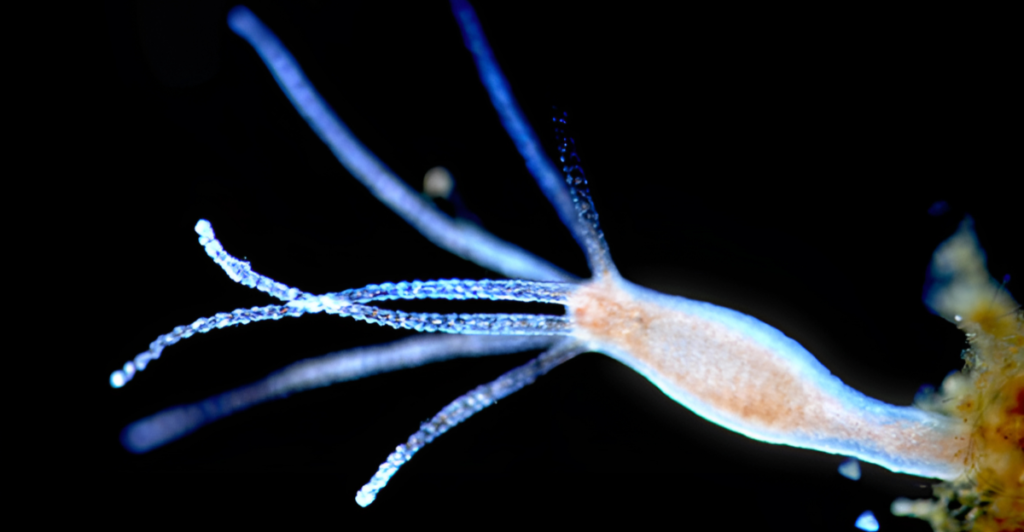
Hydras are fascinating freshwater organisms known for their incredible regenerative abilities, including the power to regrow entire body parts, even their heads. These small invertebrates, which resemble jellyfish, possess an abundance of stem cells that allow them to continuously regenerate through a process of cloning. As a result, hydras do not experience the typical signs of aging. They essentially maintain their youthful state indefinitely, with no observable deterioration over time.
While hydras can die due to external factors like predators, disease, or environmental changes, in the absence of such threats, they could theoretically continue to regenerate forever. The biological immortality of hydras has intrigued scientists for years. According to Daniel Martínez, a biology professor at Pomona College, hydras’ lack of aging is a phenomenon that could challenge our understanding of life itself, offering insight into the potential of biological immortality.
Stay connected with us for more stories like this! Follow us to get the latest updates or hit the Follow button at the top of this article, and let us know what you think by leaving your feedback below. We’d love to hear from you!







